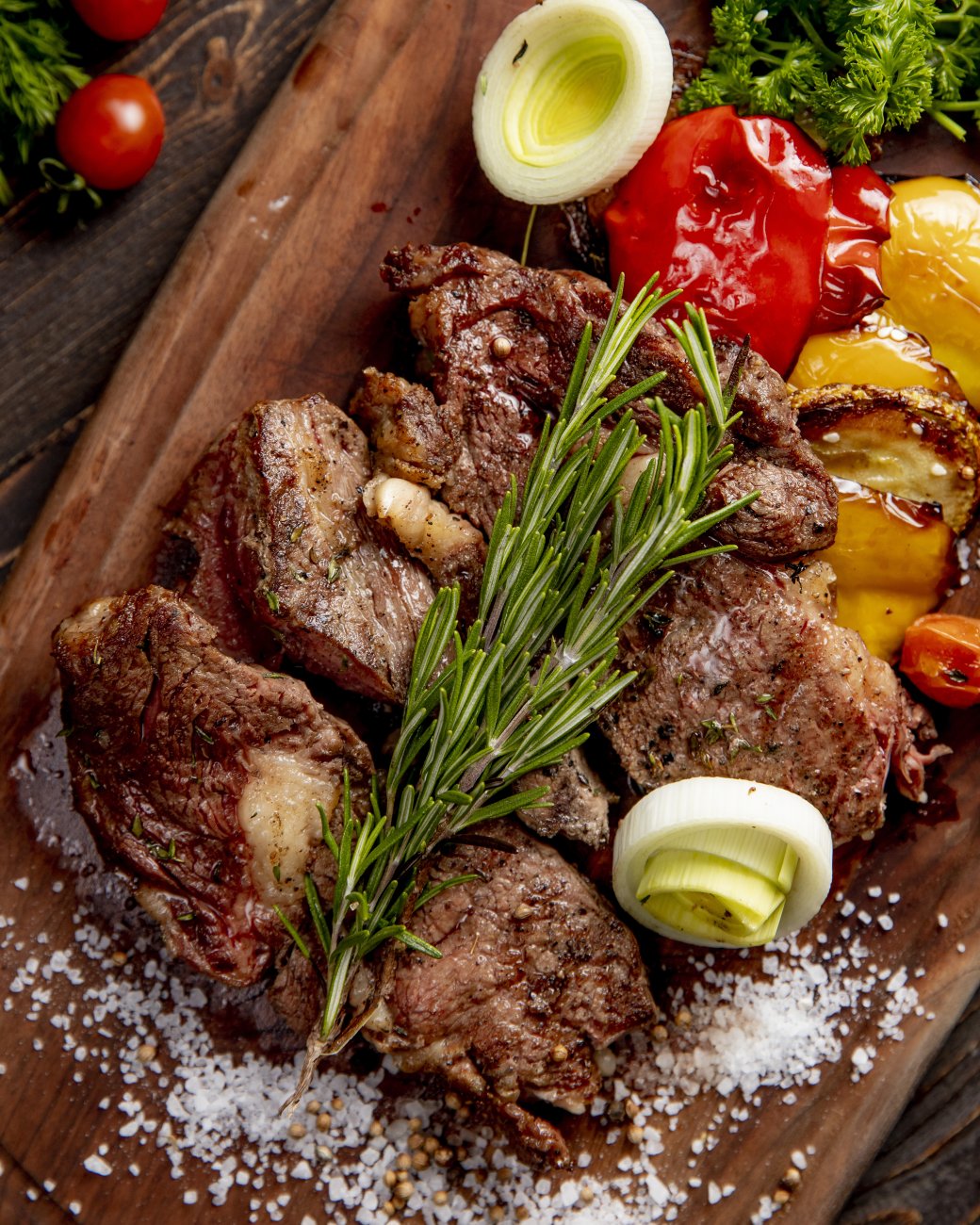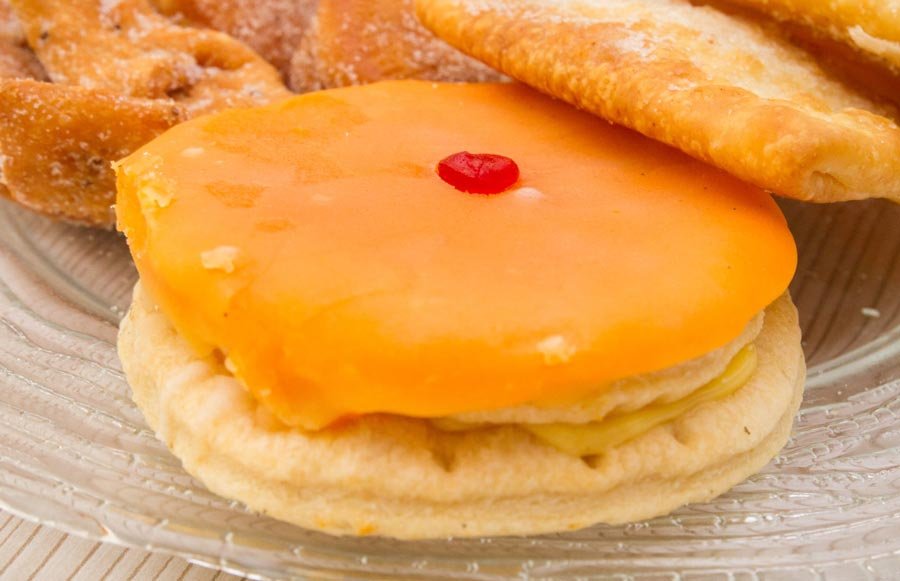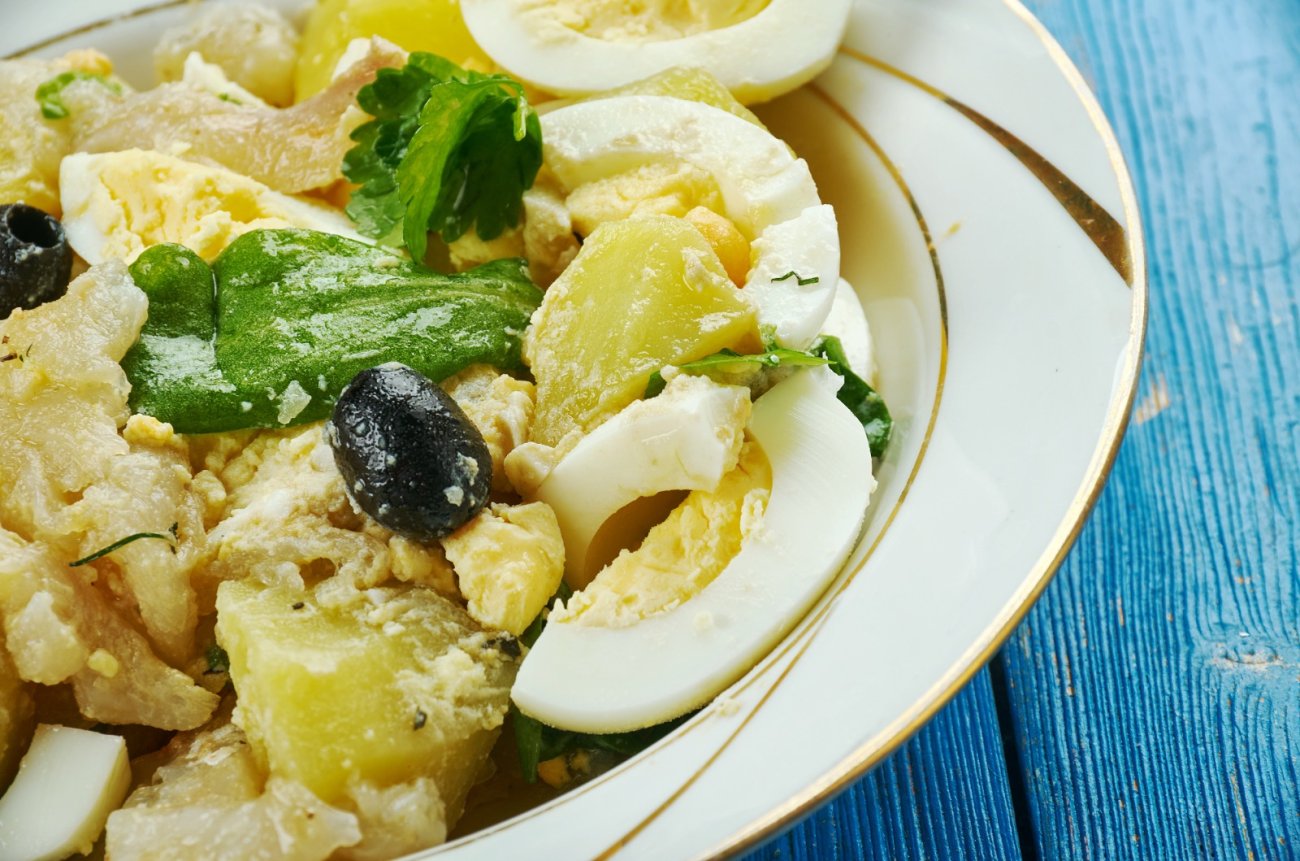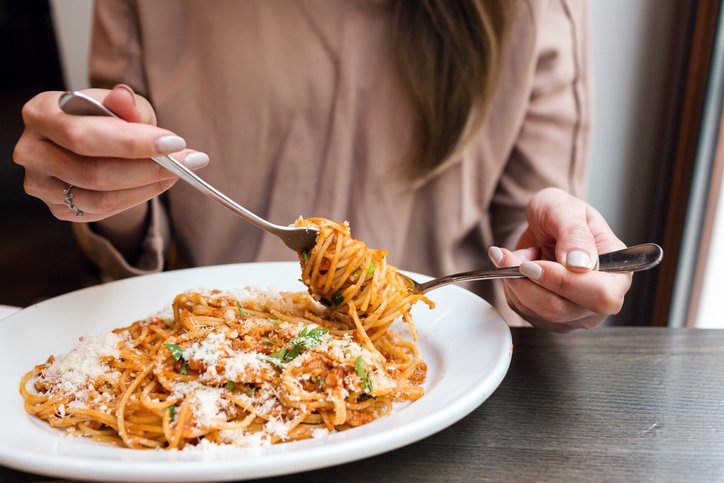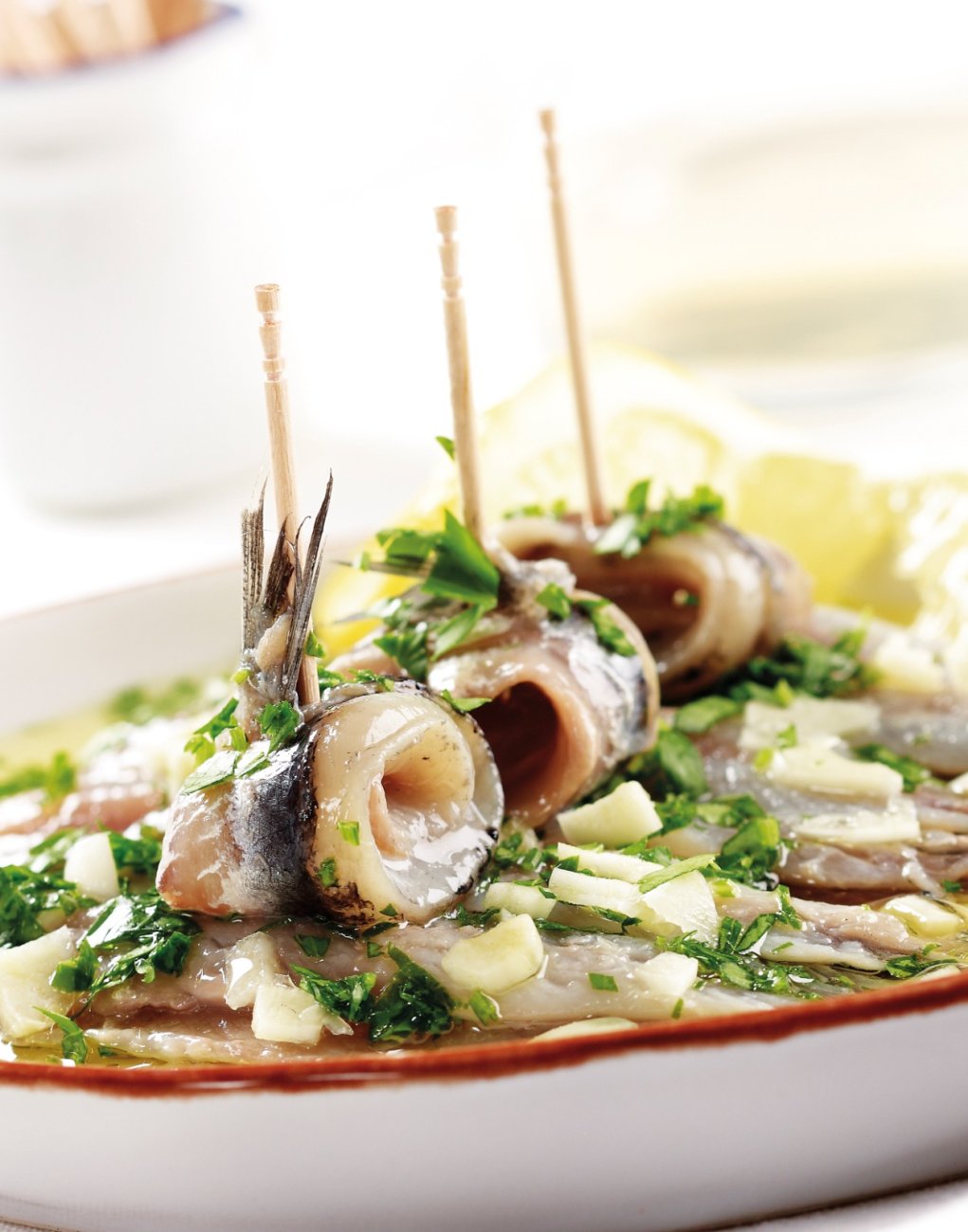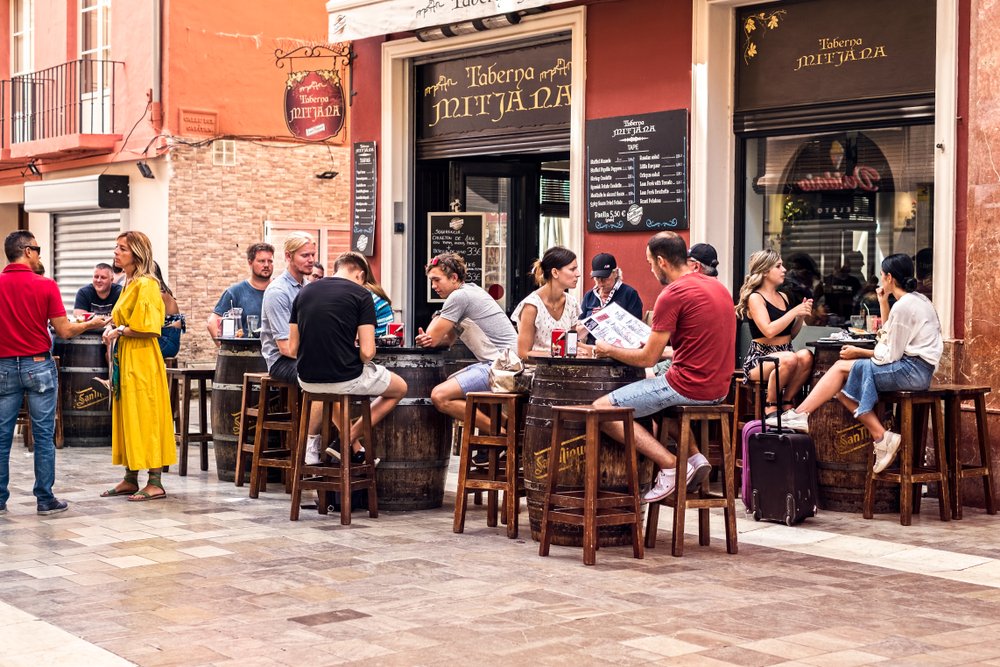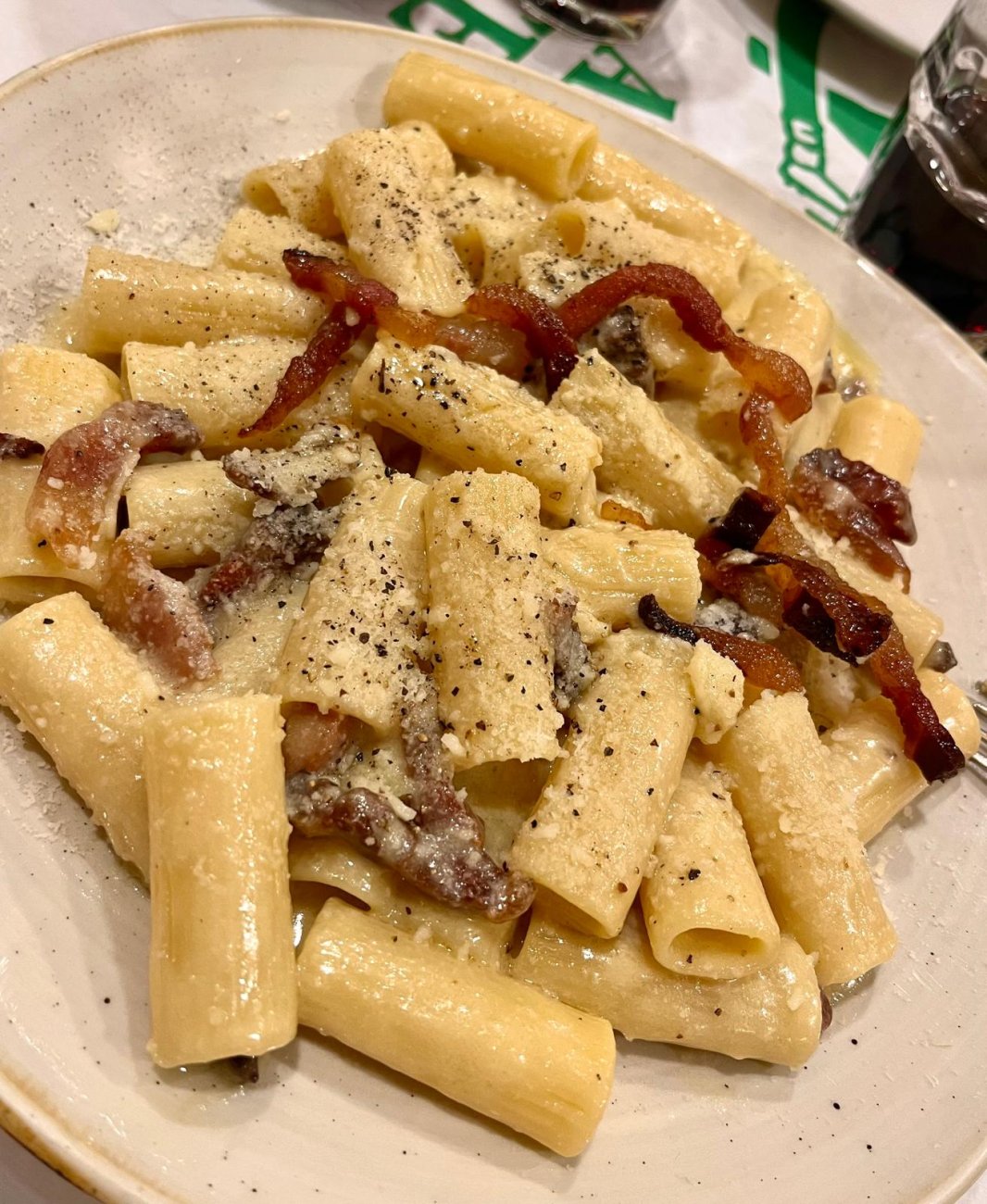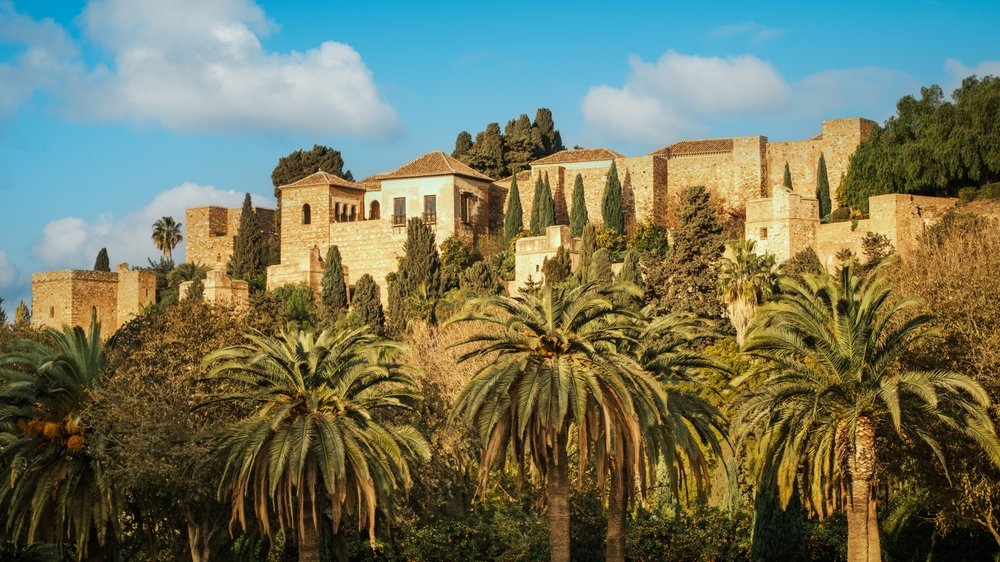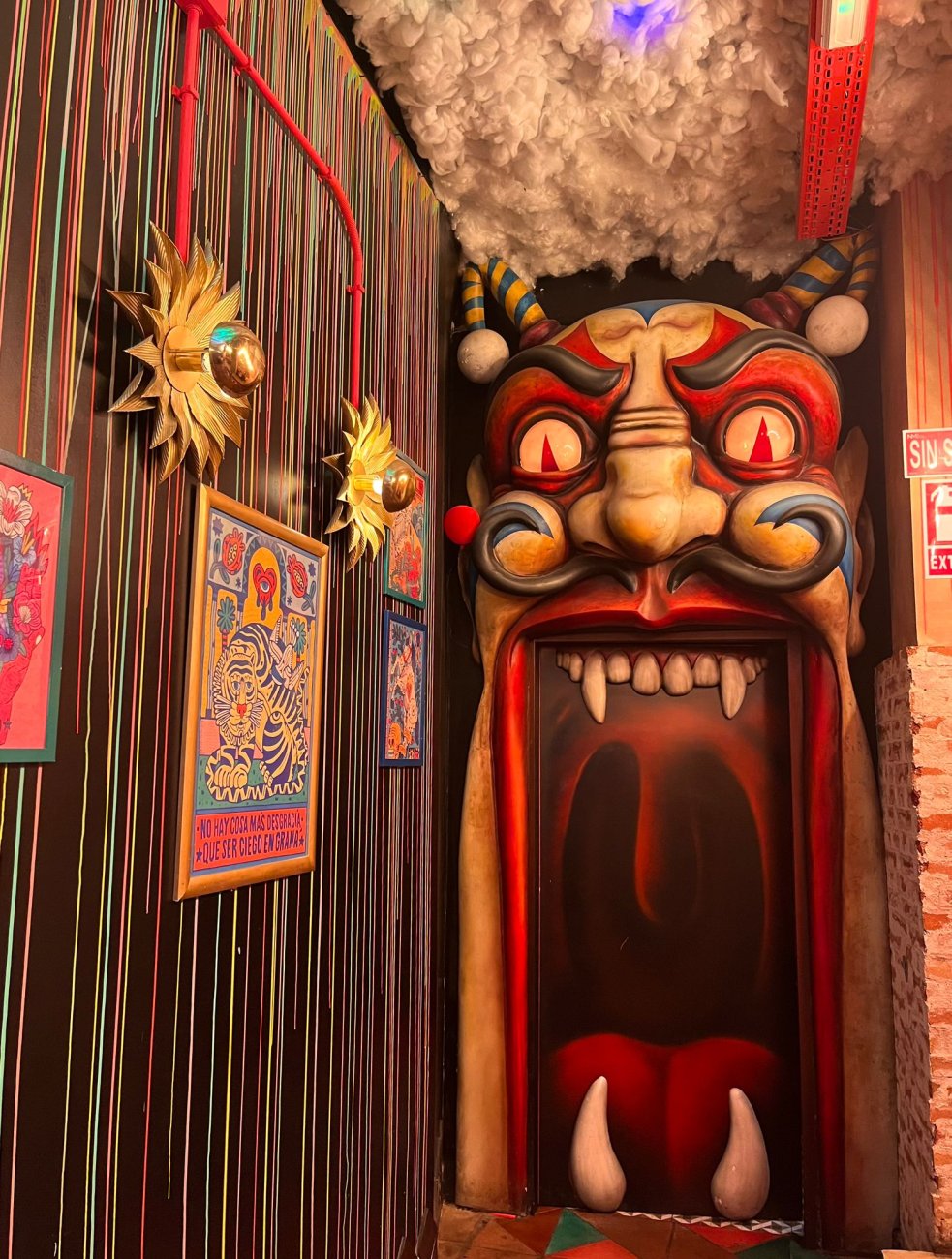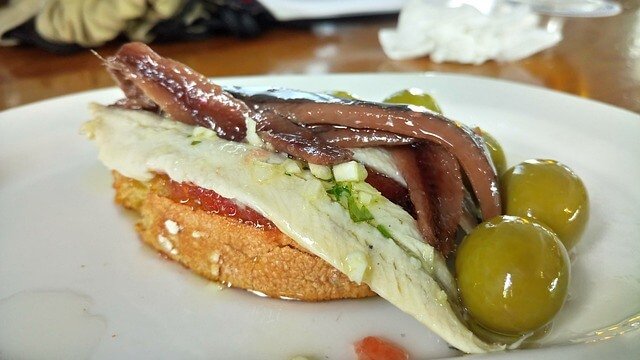Typical Sweets of Malaga
Discover the Typical Sweets of Malaga: A Journey through Traditional Andalusian Pastries
When we think about the gastronomy of Malaga, it is inevitable not to mention the typical sweets of Malaga. These delicacies are not only a pleasure for the palate, but also a door to understanding the rich history and culture of the region. For centuries, the province has been a melting pot of Moorish, Christian and Jewish influences, which is wonderfully reflected in its pastries.
The diversity and unique flavor of Malaga sweets are the result of a wise combination of local ingredients such as olive oil, almonds, honey and spices. If you are visiting Malaga, you cannot miss the opportunity to try some of these delicacies, which mix tradition and flavor in every bite.
La Biznaga and its Sweet Representation: Las Yemas del Tajo
One of the most emblematic sweet representations of Malaga are the Yemas del Tajo. These small bites are made mainly with egg yolk and sugar, resulting in a soft texture and a delicately sweet flavor. It is said that Yemas del Tajo are an authentic explosion of flavor with each bite.
Where to find this sweet?
Las Yemas del Tajo can be found in many sweet shops and specialized stores in Malaga. A recommended place is the famous pastry shop “La Biznaga de Oro”, where these sweets have been made following traditional recipes for decades.
Los Borrachuelos: Christmas Tradition
Borrachuelos are another typical Malaga sweet that cannot be missing from Christmas celebrations. These fried sweets are filled with angel hair or sweet potato and topped with sugar or honey. Their name comes from the fact that the dough contains a small amount of wine or anise, which gives them a characteristic flavor.
Classic Borrachuelos recipe
Ingredients: flour, white wine, olive oil, anise, angel hair.
Preparation: mix the flour with the wine and oil, add the anise and knead. They are then fried in hot oil and stuffed with angel hair.
El Bienmesabe Antequerano
Bienmesabe is a dessert originally from Antequera, a municipality near Malaga. This exquisite sweet is made with ground almonds, biscuits, egg, sugar and cinnamon, and is presented in the form of a cake or in small pastries.
History of Bienmesabe
The history of Bienmesabe dates back to the medieval era, when the nuns of the Clausura convent in the city of Antequera began to make it. Since then, it has been a delicacy appreciated by locals and tourists alike.
Mantecados and Polvorones
We cannot talk about typical sweets from Malaga without mentioning the mantecados and Polvorones. Although they are produced throughout Andalusia, Malaga has its own versions that stand out for their unique flavor. Made mainly with lard, flour, sugar and almonds, these sweets melt in the mouth, providing an unmatched texture and flavor.
Differences between Mantecados and Polvorones
- Shortbreads: They have a softer, fluffier texture.
- Polvorones – Powderier and usually contain less fat.
Pestiños: A classic of Holy Week
The pestiños are closely linked to the Holy Week festivities. These fried sweets are made from a dough of flour, anise, white wine and sesame seeds, and are dipped in honey to give them a sweet and special flavor. Without a doubt, a classic that you cannot stop trying.
Origin of Pestiños
It is believed that pestiños have their origin in Andalusian cuisine, and have been adapted over the centuries by Malaga families, who have added their personal touch to the recipe.
Roscos de Vino: Flavor and Tradition
Roscos de Vino are another traditional Malaga sweet, especially popular during Christmas. These roscos are made from flour, sweet Malaga wine, lard and are covered with icing sugar. Its flavor is slightly alcoholic and very aromatic, perfect to accompany a glass of sweet wine or coffee.
How to prepare Roscos de Vino
Mix the flour with the lard and the sweet wine.
It is shaped into donuts and baked.
Once baked, they are sprinkled with icing sugar.
Tortas Locas: Colorful and Delicious
Tortas Locas are perhaps the most colorful and fun of Malaga sweets. With a puff pastry base, they are filled with pastry cream and covered with an orange sugar icing. They are decorated with a small cherry in the center, which gives them their characteristic appearance.
Why are they called Tortas Locas?
The name Tortas Locas is due to its extravagant and striking appearance. They are very popular in local sweet shops and perfect to surprise the little ones or enjoy with a cup of coffee.
